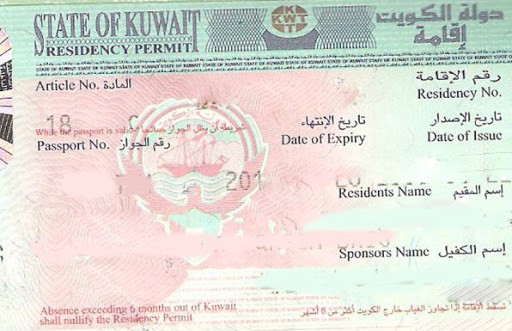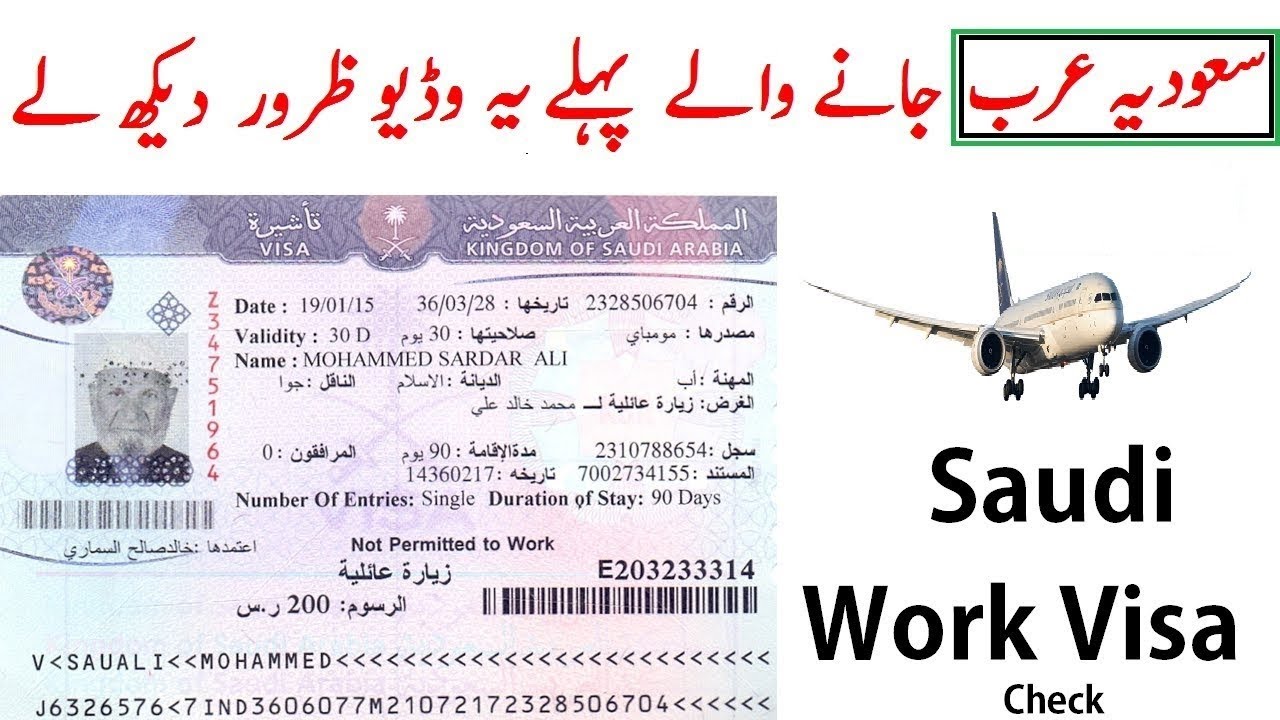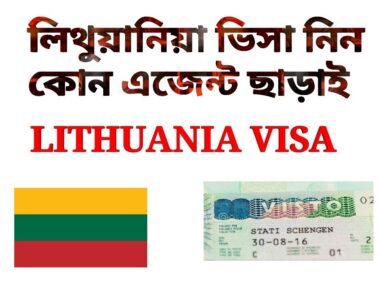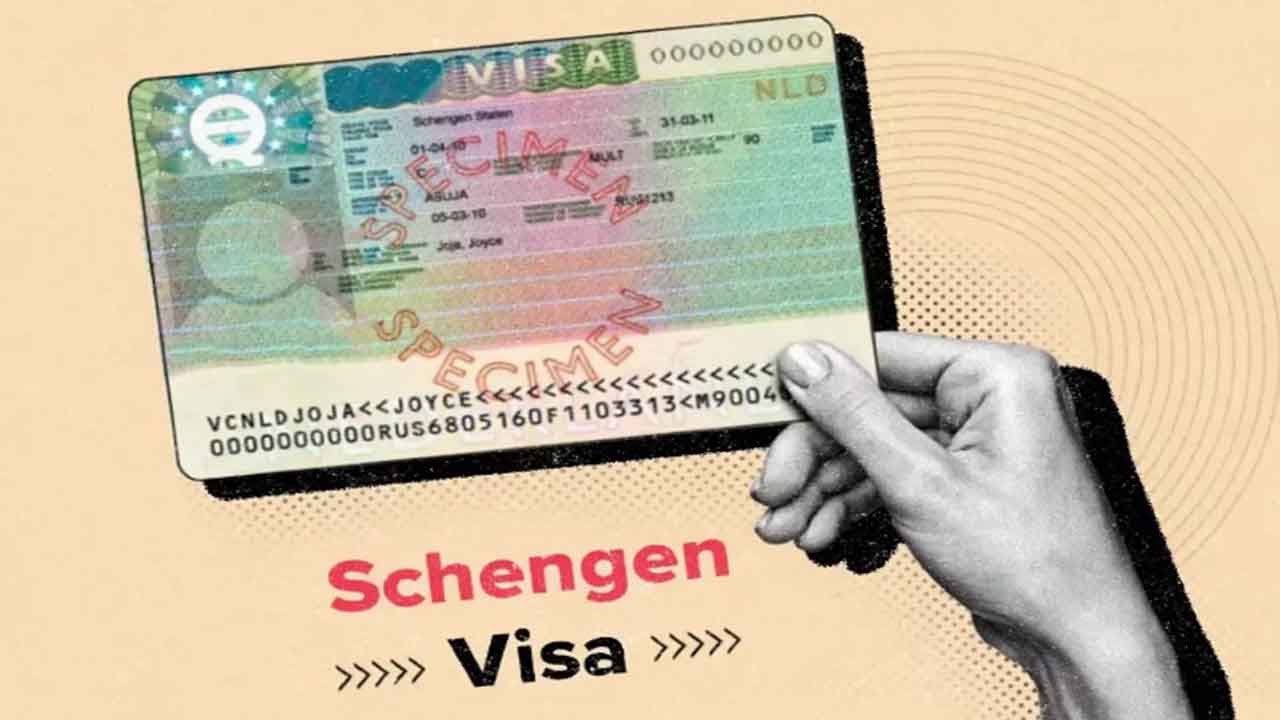Introduction: Why Digital Nomad Visas in South America Matter for Families
Remote work has transformed the way families live, travel, and earn. For parents raising children, the opportunity to move abroad and experience life in another country while working remotely is no longer a fantasy—it’s reality. South America, with its mix of affordability, cultural richness, and growing digital nomad visa options, has become one of the most attractive destinations for families.
But here’s the challenge: moving abroad as a single digital nomad is one thing, doing it with kids in tow is another. Parents must consider not only visa eligibility but also education, healthcare, housing, and family integration into a new culture.
Countries like Brazil, Argentina, Colombia, Ecuador, and Uruguay have introduced digital nomad visas that allow families to stay legally while parents work remotely. For families seeking more than just tourism—those craving stability, quality education, and new experiences for their children—this path is ideal.
This article provides a comprehensive guide to digital nomad visas in South America for families with kids, covering:
-
Step-by-step application process.
-
Visa requirements and family documentation.
-
Costs involved (visa fees, schooling, healthcare, housing).
-
Common challenges and how to overcome them.
-
Pros and cons of moving as a digital nomad family.
By the end, you’ll have a roadmap to turn your dream of living and working in South America with kids into a practical reality.
Step-by-Step Process: How Families Can Apply for a Digital Nomad Visa in South America
While each South American country has unique rules, most follow a similar process. Here’s a step-by-step guide to securing a digital nomad visa with kids:
1. Choose the Right Country
Not every country offers a digital nomad visa. As of 2025, popular family-friendly options include:
-
Brazil – One of the first to introduce digital nomad visas.
-
Argentina – Offers temporary residence for remote workers.
-
Colombia – Digital nomad visa valid for up to 2 years.
-
Uruguay – Flexible residency programs for remote professionals.
-
Ecuador – Visa for remote workers with family inclusion.
When choosing, consider:
-
Schooling options (international or bilingual schools).
-
Cost of living (housing, childcare, groceries).
-
Safety and healthcare quality.
-
Language (Spanish/Portuguese vs. English availability).
2. Meet Basic Eligibility Criteria
Parents applying for a digital nomad visa generally need to:
-
Show proof of remote employment or freelance work.
-
Demonstrate a minimum monthly income (varies by country).
-
Have a valid passport with at least 6–12 months remaining.
-
Provide health insurance that covers the family abroad.
Example:
-
Brazil requires proof of $1,500/month or savings of $18,000.
-
Colombia asks for $684/month minimum income.
3. Gather Family Documentation
Since you’re applying with kids, additional documents are required:
-
Children’s birth certificates (translated if needed).
-
Marriage certificate (for spouse inclusion).
-
Proof of school enrollment (if applicable).
-
Vaccination and health records.
These must often be apostilled or notarized in your home country.
4. Submit Application Online or at Consulate
Applications are typically filed through:
-
The Ministry of Foreign Affairs website (online).
-
The local consulate or embassy of the chosen country.
Parents apply as the main visa holders, while kids and spouse apply as dependents.
5. Pay Visa Fees
Visa application fees vary by country (see cost breakdown below). Expect to pay for both adult and child applicants.
6. Wait for Approval
Processing times range from 2 to 12 weeks. Some countries allow you to enter as a tourist and switch to a digital nomad visa inside the country.
7. Relocate & Register Locally
Once approved, families must:
-
Enter the country with their visa.
-
Register at immigration offices.
-
Enroll kids in school (if staying long-term).
-
Set up housing and local bank accounts.
Cost Breakdown: Digital Nomad Visa with Kids in South America (2025)
One of the biggest concerns for families is affordability. Below is a cost estimate for a digital nomad family of four (two adults, two children) relocating to South America.
1. Visa Application Costs
| Country | Visa Fee (Adult) | Visa Fee (Child/Dependent) | Validity |
|---|---|---|---|
| Brazil | $100 – $150 | $50 – $100 | 1 year (renewable) |
| Argentina | $120 – $200 | $60 – $120 | 6–12 months |
| Colombia | $177 | $90 | 2 years |
| Ecuador | $450 | $225 | 2 years |
| Uruguay | $150 – $200 | $75 – $120 | 1–2 years |
2. Monthly Cost of Living (for Family of Four)
| Category | Brazil | Colombia | Argentina | Ecuador | Uruguay |
|---|---|---|---|---|---|
| Housing (3BR rental) | $800–$1,200 | $600–$900 | $500–$800 | $550–$850 | $900–$1,400 |
| Food & Groceries | $400–$600 | $300–$500 | $250–$400 | $300–$450 | $500–$700 |
| Schooling (Private) | $300–$800 | $200–$500 | $150–$400 | $250–$500 | $400–$900 |
| Healthcare Insurance | $200–$400 | $150–$250 | $120–$200 | $150–$250 | $300–$500 |
| Transport | $100–$200 | $60–$120 | $50–$100 | $60–$120 | $150–$250 |
Estimated Monthly Family Budget:
-
Argentina: $1,200 – $1,900
-
Colombia: $1,400 – $2,200
-
Ecuador: $1,500 – $2,200
-
Brazil: $1,800 – $2,800
-
Uruguay: $2,200 – $3,800
FAQs: Digital Nomad Visa in South America with Kids
1. Can children be included in digital nomad visas?
Yes, children are considered dependents and can be included in your application.
2. Do kids need separate visas?
No, they receive dependent status under the parent’s digital nomad visa.
3. Is schooling available in English?
Yes, many cities offer international or bilingual schools. However, tuition can be expensive.
4. What income is required for families?
Income requirements vary, but families generally need to show higher monthly income than solo applicants.
5. Do we need health insurance for kids?
Yes, all dependents must be covered under international or local health insurance.
6. How long can we stay?
Most digital nomad visas allow 1–2 years, with renewal options.
7. Can my spouse work locally?
In most cases, spouses cannot work on dependent visas unless they secure a separate work permit.
8. Are vaccinations required for kids?
Yes, countries often require proof of standard immunizations for school enrollment.
9. Can kids attend public schools?
Yes, but public schools may teach primarily in Spanish or Portuguese, which could be challenging initially.
10. What happens if my remote job ends?
If you lose your remote income, you may no longer meet visa requirements, which could affect renewal.
Pros and Cons of Getting a Digital Nomad Visa in South America with Kids
✅ Pros
-
Family can live legally while parents work remotely.
-
Affordable compared to Europe or North America.
-
Exposure to new cultures, languages, and diverse lifestyles.
-
Access to international schools and healthcare.
-
Many countries allow renewal and pathway to residency.
❌ Cons
-
Language barrier (Spanish or Portuguese required for integration).
-
Private schooling can be expensive.
-
Healthcare quality varies by region.
-
Bureaucratic visa processes can be slow.
-
Families may face cultural adjustment challenges.
Conclusion: Is a South American Digital Nomad Visa Right for Your Family?
For families raising kids, a digital nomad visa in South America offers more than a new place to work—it provides cultural immersion, bilingual opportunities for children, and a chance to live affordably in vibrant destinations. While there are challenges—language barriers, bureaucracy, and schooling costs—the long-term benefits often outweigh the drawbacks.
If you’re ready to start this exciting journey, begin by choosing the right country based on your family’s needs, preparing the required documents, and budgeting realistically.
👉 Ready to begin your family’s adventure? Apply NOW through the official website for your South America Digital Nomad Visa in 2025.










